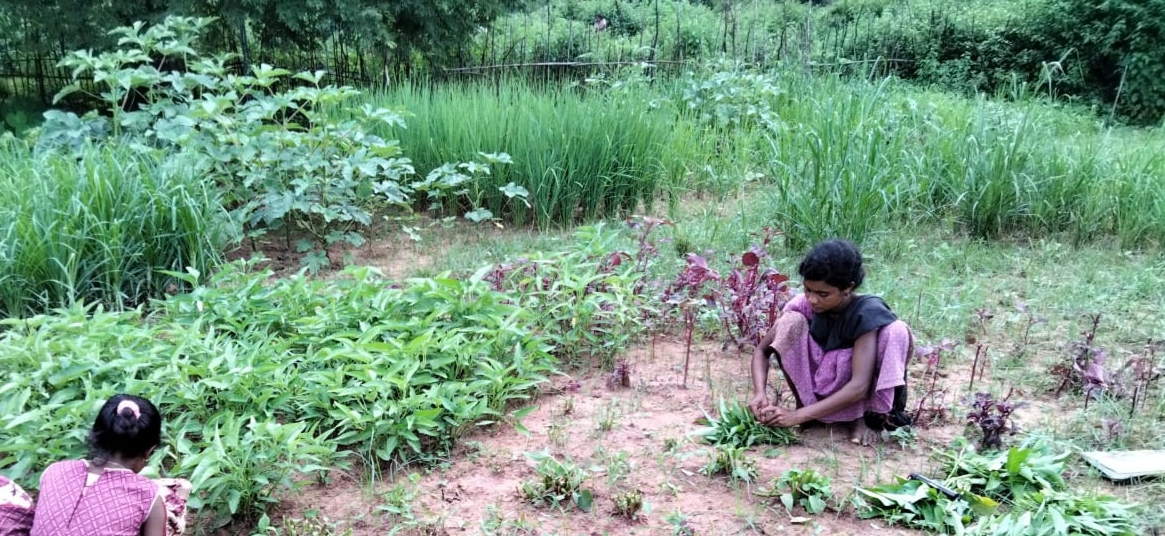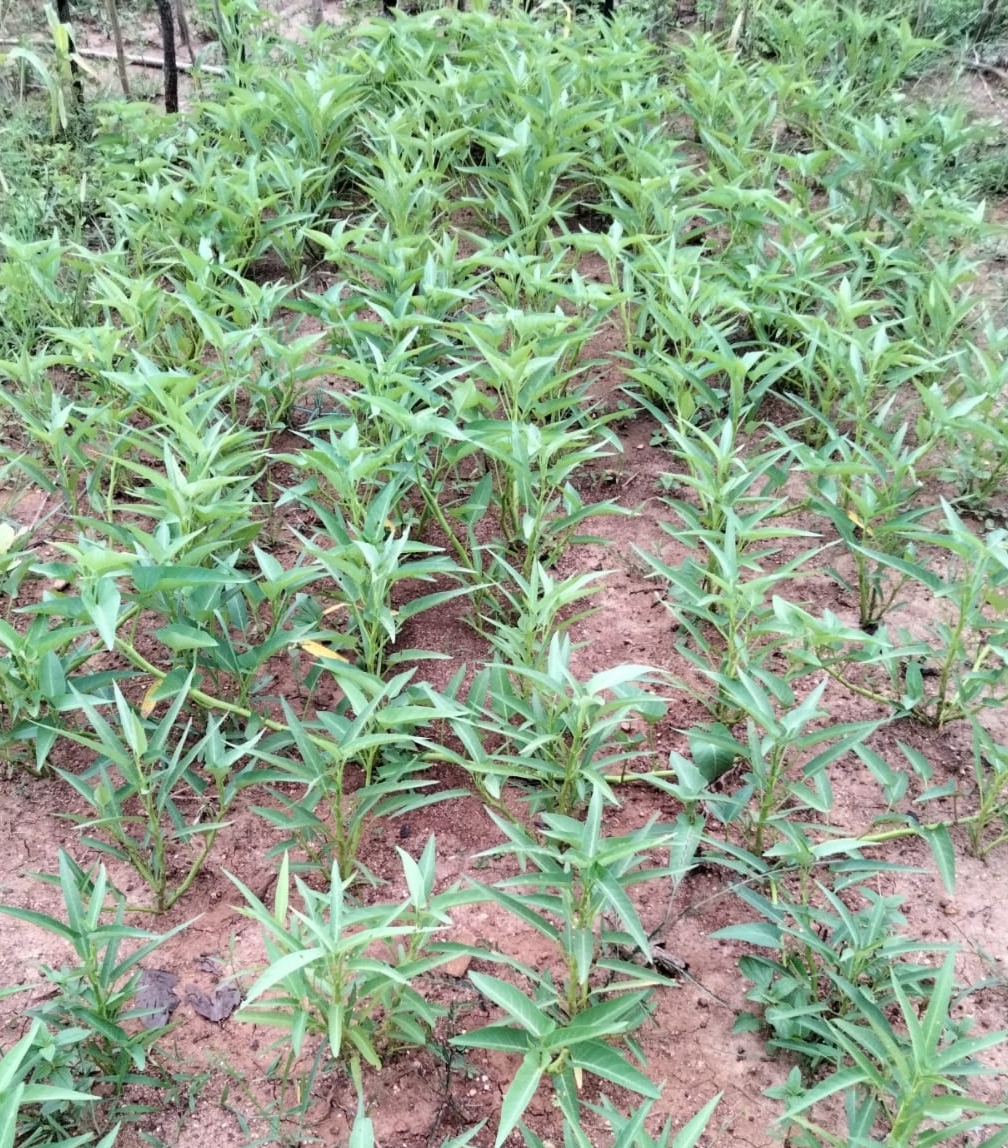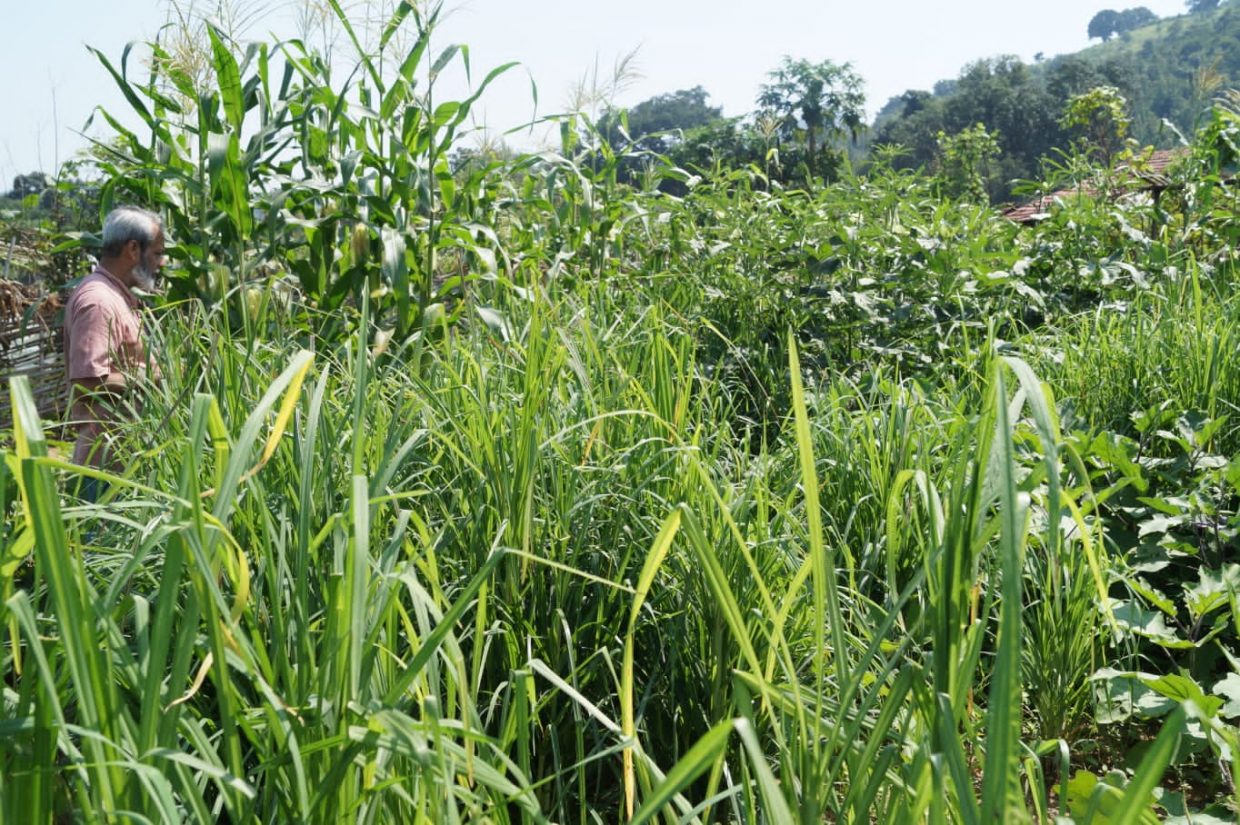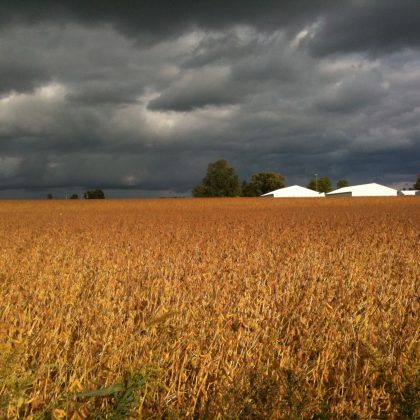Depending on the Planting Design, More Crop Diversity Means More Productivity – No Matter How You Estimate the Yields
As an ecologist, I am interested in conserving forgotten crop landraces and vanishing cropping systems of indigenous agrarian societies. Indigenous food production systems are always polycrop systems, growing diverse food and non-food crops on marginal lands, depending no external materials (e.g. agrochemicals, machiney, fossil fuel). Dozens of experimental studies proved the superior productive efficacy of multiple cropping systems, growing mostly 2 or 3 crops, over monocultures promoted by modern, industrial agriculture.
In 2019, I compared the productive efficientcy in 8 replicate multi-crop (MC) farm plots growing 7 crops, planted in 3 distinct planting designs, with 8 replications of sole-crop (SC) farms of each of the 7 crops, This was the first comparative study of productive efficiency of MC farms with 7 crops and 3 planting designs. Productivity was measured as edible biomass per plant in each plot. The Land Equivalent Ratio (LER), showed that the productivity of
(1) SC plots and row intercropping with 7 crops (design A ) were no different.
(2) Semi-random planting of 7 crops in all 8 replications were >5 times more productive than SC plots and row intercropped plots.
This study was published in Experimenal Results 3 (2021).
I then re-examined the data, with my colleague Sreejata Dutta, to find whether the value of LER would change if we had measured crop yields as units of biomass per unit area (Y[a]), instead of biomass per plant (Y[p]) in each plot, and showed that LER remains invariant, indicating the LER is a robust estimate for comparing productivity. The derived indices, such as land use efficiency (LUE) is also invariant. We also discerned that many previous authors had cited a wrong author, and had calculated LUE using a wrong formula.
In our new paper in Experimental Results (forthcoming), we report that in complex real-life planting designs of indigenous MC systems, where estimation of the exact land area is difficult, Y[p] is much easier to estimate than Ya, and can be used for calculating LER, with no loss of exactitude.












Even at home potting two or varieties seen to produce more than single, but careful selection is needed, this study is methodical ,suggests new ways for planting multi-crops & get optimised produce.